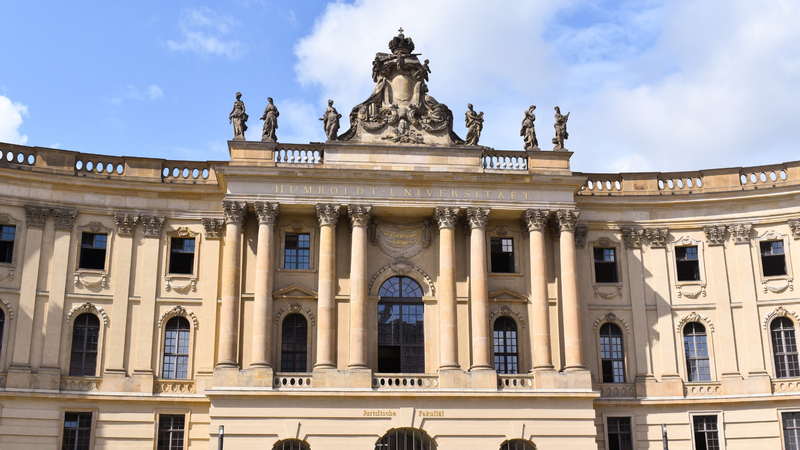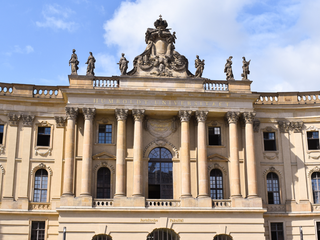
A Visionary Beginning: The Birth of MIT
Founded by William Barton Rogers, MIT was conceived with a visionary purpose: to advance the practical application of scientific knowledge in the face of America's rapidly industrializing society. Inspired by the European polytechnic model, MIT adopted a unique approach that combined scientific theory with hands-on laboratory training. Rogers’ goal was clear — to create an institution where students could learn to apply scientific principles to real-world problems, bridging the gap between academia and industry.
In its early years, MIT faced financial challenges and the task of carving out a space for itself in the highly competitive educational landscape. However, the vision of combining theoretical education with practical skills soon resonated with a growing student body and set MIT on a path to becoming a leader in applied sciences.
Growth and Expansion: The Journey to the Cambridge Campus
MIT's original campus was located in the Back Bay area of Boston, but as the institute grew, it became clear that more space was needed. In 1912, MIT acquired its current campus along the Charles River in Cambridge, a move that marked a new chapter in its history. The new campus was designed by architect William W. Bosworth and funded by a generous donation from industrialist George Eastman, founder of Eastman Kodak. Eastman's $20 million investment (worth over $300 million today) was instrumental in supporting MIT’s transition to its new home and provided the foundation for much of its future success.
The new campus, with its iconic neoclassical buildings, became a symbol of MIT’s commitment to academic excellence and innovation. The institute’s facilities began to reflect the growing importance of research and technology, providing state-of-the-art labs and classrooms for both students and faculty.
A Hub for Innovation and Research
MIT’s reputation as a hub of technological innovation quickly spread, especially in the early 20th century. The institute played a crucial role in World War II by providing research and development for critical technologies such as radar and other military applications. This period cemented MIT's role as a key player in scientific advancement and its growing relationship with government research funding.
By the 1930s, under the leadership of President Karl Taylor Compton and Vice-President Vannevar Bush, MIT underwent significant curricular reforms. The focus shifted to pure sciences such as physics and chemistry, while vocational training was reduced. This transformation laid the groundwork for MIT's future as a leader in both science and engineering, as well as a hub for interdisciplinary research. The introduction of new fields of study and research initiatives during this period further solidified MIT’s position as a world-class institution.
MIT Today: A Legacy of Excellence and Global Influence
Today, MIT continues to be at the forefront of research, technology, and innovation. The institute has produced over 100 Nobel laureates, Turing Award winners, and Fields Medalists, underscoring its impact on global scientific and technological advancements. Its entrepreneurial culture has led to the founding of numerous companies that have changed industries and created thousands of jobs worldwide.
MIT is not just a university; it is a dynamic ecosystem where groundbreaking ideas are cultivated, tested, and brought to life. With a focus on interdisciplinary collaboration, MIT brings together engineers, scientists, entrepreneurs, and thinkers from across the world to address some of the most pressing challenges facing humanity. From artificial intelligence and renewable energy to medicine and space exploration, MIT’s influence extends far beyond the walls of its campus.
A Hub for Tomorrow’s Leaders
At its core, MIT is dedicated to shaping the leaders of tomorrow. With over 11,000 students, the institute offers a rigorous academic environment that fosters intellectual growth, creativity, and leadership. MIT's diverse community of students and faculty engages in collaborative projects that not only advance knowledge but also have a tangible impact on society.
Beyond the classroom, MIT’s culture encourages innovation and entrepreneurship. The institute’s alumni network is a testament to this, with countless graduates having gone on to found successful companies, shape global industries, and drive technological advancements.
Conclusion: The MIT Legacy
The Massachusetts Institute of Technology is more than just an educational institution; it is a symbol of human potential, innovation, and progress. From its humble beginnings in 1861 to its current status as one of the most prestigious universities in the world, MIT has continuously pushed the boundaries of what is possible. With its commitment to research, education, and global impact, MIT will undoubtedly continue to lead the way in shaping the future of science, technology, and industry for generations to come.
As MIT's motto, "Mens et Manus" ("Mind and Hand"), suggests, the institute strives not only to educate but to actively engage in solving the world's most pressing challenges. For anyone with a passion for science, technology, and innovation, MIT represents a beacon of opportunity and achievement.

